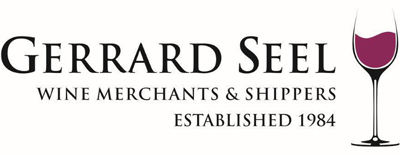Tokaj has long been Hungary’s most famous and respected wine region, thanks to its nectar-like, botrytised Tokaji dessert wines. The region and its wine are held in such esteem in Hungary that the Hungarian national anthem thanks God that Tokaj szőlővesszein nektárt csepegtettél (“into the vineyards of Tokaj you dripped sweet nectar”).
The Dereszla winery has one of the richest histories of any in the Tokaj Region and reflects the history of Hungary itself. The first written record of Dereszla dates to the early 15th century on a stock list of King Zsigmond’s property. Over the next two hundred years, ownership of both Dereszla and Hungary passed from Hungarian hands to Turkish, Austrian and then Transylvanian before returning to Hungarian control under the Rákóczi family.
After a series of inheritances and the War of Independence, the newest and uppermost part of the present-day cellar ended up under ownership of a Jewish merchant family in the early 19th century. Nationalized during the Holocaust, Dereszla was owned by the Tokaj Wine Co-operative during the subsequent communist regime. In the post-Communist 1990s, a wave of privatisation began, and it became the property of CANA, the biggest French agricultural co-operative society. In 2000, following several years of neglect, the D’Aulan family from Champagne recognised that this estate, with its rich heritage, was worth renovating.
Today, the estate owns 27 hectares of vineyards spread across the designated “Grand Cru” area which contains 15 distinct terroirs. This diversity of soils is illustrated in the complexity of their wines. The base wines are mainly comprised of the Furmint variety, unique to the region, with Muskotaly also adding complexity to the late harvest and Aszú wines.
